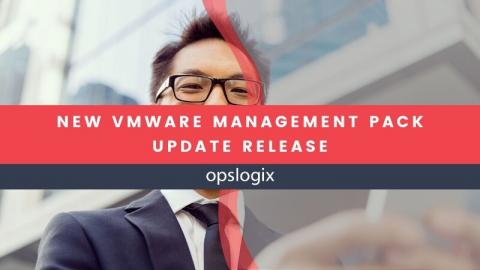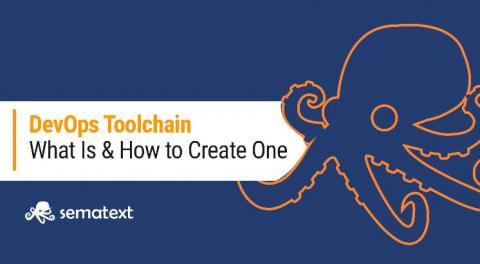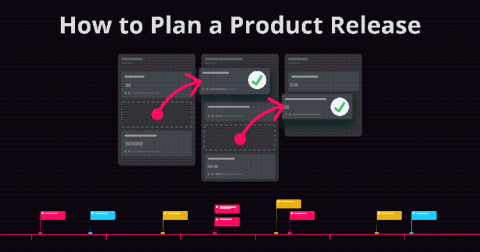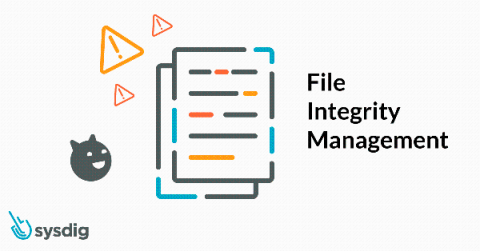Operations | Monitoring | ITSM | DevOps | Cloud
Latest Posts
DevOps Toolchain Explained: What Is & How to Create One. Choosing Between Buying or Building Your Own Tools
Over the past few years, we’ve seen an almost obsession with developing and adopting CI/CD tools throughout the DevOps community. There are thousands of “how-to’s”, “top x tools”, and “tool x vs tool y” type articles, and it has gotten to the point where it’s quite difficult to figure out how and which one to pick as your own.
How to Plan a Product Release
So, you want to plan a product release? Well, let’s be honest, no one really wants to plan a product release; it’s a complex and exhausting process that requires the buy-in of various people across your organization.
Customer Story: How App Nouveau Canada Creates Specialized Software with Sentry Error Monitoring
App Nouveau is a Canadian professional services company that builds transportation management system software. As developers of highly-specialized software solutions, App Nouveau needs a robust error monitoring tool to deliver world-class code required by its commercial clients. App Nouveau recently began using Sentry to uplevel a few key areas in the code development lifecycle. Chief Technical Officer Paito Anderson and his team decided to switch to Sentry just a few months ago.
File Integrity Monitoring: Detecting suspicious file activity inside a container
In this blog, we will explore suspicious file activity inside a container and see how to effectively implement a file integrity monitoring (FIM) workflow. We’ll also cover how Sysdig Secure can help you implement FIM for both containers and Linux hosts.
What is Infrastructure Monitoring?
IT is advancing blazingly fast. To keep up with architectural changes and hybrid environments, it’s more important than ever to maintain efficient infrastructure monitoring and troubleshooting. Adding to the complexity is the increase of distributed systems, comprised of many components and services.
Monitoring Zoom Metrics from Your Machine with Logz.io
Like everyone else, my life for the last few months has become a never-ending stream of video calls. With Zoom calls, and the occasional Skype, Google Meet, or Microsoft Teams, becoming the norm I’ve noticed that the fans on my Macbook have been kicking in and sounding like a tiny jet trying to take off.
Deploy HAProxy Ingress Controller from Rancher's Apps Catalog
In Kubernetes, Ingress objects define rules for how to route a client’s request to a specific service running inside your cluster. These rules can take into account the unique aspects of an incoming HTTP message, including its Host header and the URL path, allowing you to send traffic to one service or another using data discovered in the request itself. That means you can use Ingress objects to define routing for many different applications.











